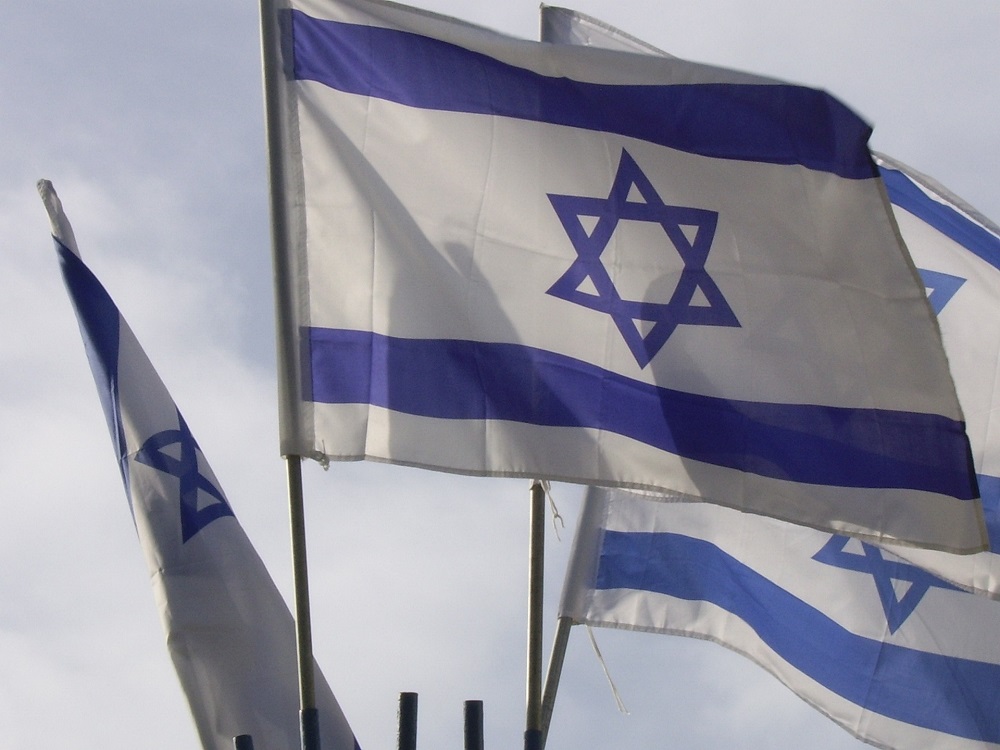
The Israeli daily “Haaretz” described the Polish-Israeli agreement on school trips for Jewish youth as “outrageous Polish propaganda”. The newspaper’s commentators do not like, among other things, that young people from Israel will visit Markowa and the museum of the Ulma family.
The Israeli daily criticizes one of the main terms of the agreement, namely the section that stipulates that Israeli students, who usually visit extermination camps and other sites related to the Holocaust of the Jewish people, may visit sites related to “other crimes of World War II.” This refers to museums and memorial sites that document crimes committed by the Germans against non-Jewish Poles, and even sites that commemorate Poles who partook in the murder of Jews” Haaretz thunders.
“Yad Vashem, Israel’s official Holocaust memorial, said that they did not take part in forming the list, which according to them “include problematic sites that are inappropriate for an educational tour.” Yad Vashem added that delegations sent to Poland on its behalf “will not visit any site that is suspected of twisting the history of the holocaust or promoting a historically incorrect narrative.” Professor Havi Dreifuss, a historian at Tel Aviv University and Yad Vashem, called this list of sites “outrageous” and says that “most of them are dubious at best and controversial at worst.” She notes that some of the sites on the list “ignore documented aspects of Poles’ involvement in the murder of Jews,” and others actually “glorify Poles who were involved up to their necks in the murder of Jews.” – we read in Haaretz.
The Israeli newspaper also asked for a comment from prof. Jan Grabowski, who has been proven unreliable by the historians of the Institute of National Remembrance more than once, and who apparently did not care about this criticism. “What you have there is the ‘Polish wish-list’ of where Israeli youth should go. It reads like a Holocaust denier’s dream” – he said quoted by Haaretz.
“Dreifuss and Grabowski direct most of their criticism at the list’s inclusion of the Markowa Ulma-Family Museum of Poles Who Saved Jews in World War II, which opened in 2016. The museum, located in the village of Markowa, highlights the story of the Polish Ulma family, who hid eight Jews in their home and paid for it with their lives” – the author of the article continues his argument by adding that “the historians mainly take issue with the fact that the museum aims to portray Poles as a nation of rescuers of Jews while ignoring more recent research, which shows that such heroes were a drop in the bucket compared to the vastly more common phenomenon of Poles aiding the Germans, either by turning in Jews or by helping to kill them”. “This museum “should be avoided at all costs” – Grabowski warned. “If there were a museum of Holocaust distortion, this would be it.” – he ranted in Haaretz ignoring completely reliable scientific research, which shows that far more Poles saved Jews than gave them away. It often happened that even several families were involved in saving a single Jew, because without the tacit help of neighbors it would be impossible to hide him. However, we will not read this either in Grabowski or in Haaretz.
The next two places on the list, which according to researchers are controversial, are museums dedicated to ” forsaken soldiers” [the Israeli author probably means “cursed soldiers”]. “They are revered as national heroes in Poland, even though, as Grabowski notes, some of them were ‘ruthless murderers of Jews during and after the war.’ One prominent figure among them was Jozef Kuras, also known as ‘Ogien,’ meaning ‘fire’. Scholars maintain that he was involved in the murder of Jewish men, women and children in Poland” – Haaretz reads. The problem is that the anti-communist underground in Poland was in no way aimed at the Jewish population. What Haaretz does not mention, nor does any of the so-called historians he refers to is that part of the population of Jewish origin was active in the ranks of the communists murdering Polish patriots and forcibly imposing communist slavery. The fight against them did not have the characteristics of attacks on the Jewish population, but it was a defense of Poland against communist enslavement, and this is a fundamental difference.
Articles such as the text in Haaretz I discussed do not serve either Polish-Israeli understanding or the preservation of historical truth, because they have nothing to do with the latter. The Polish MEiN is not about any “Polish propaganda”, but about facts that by many so-called researchers from the Jewish side are distorted and falsified, which has been raised many times by researchers from the Institute of National Remembrance.
Anna Wiejak
